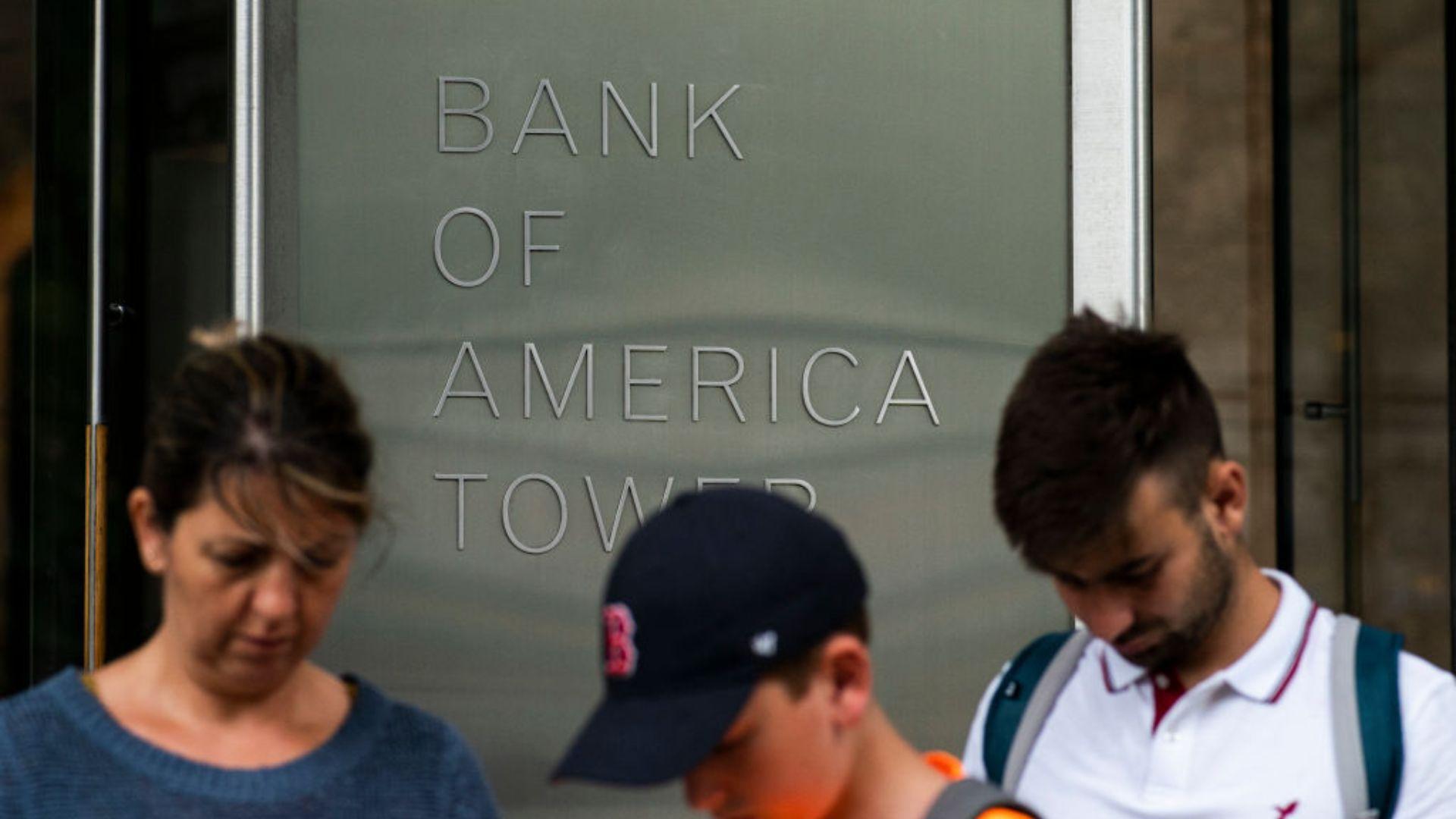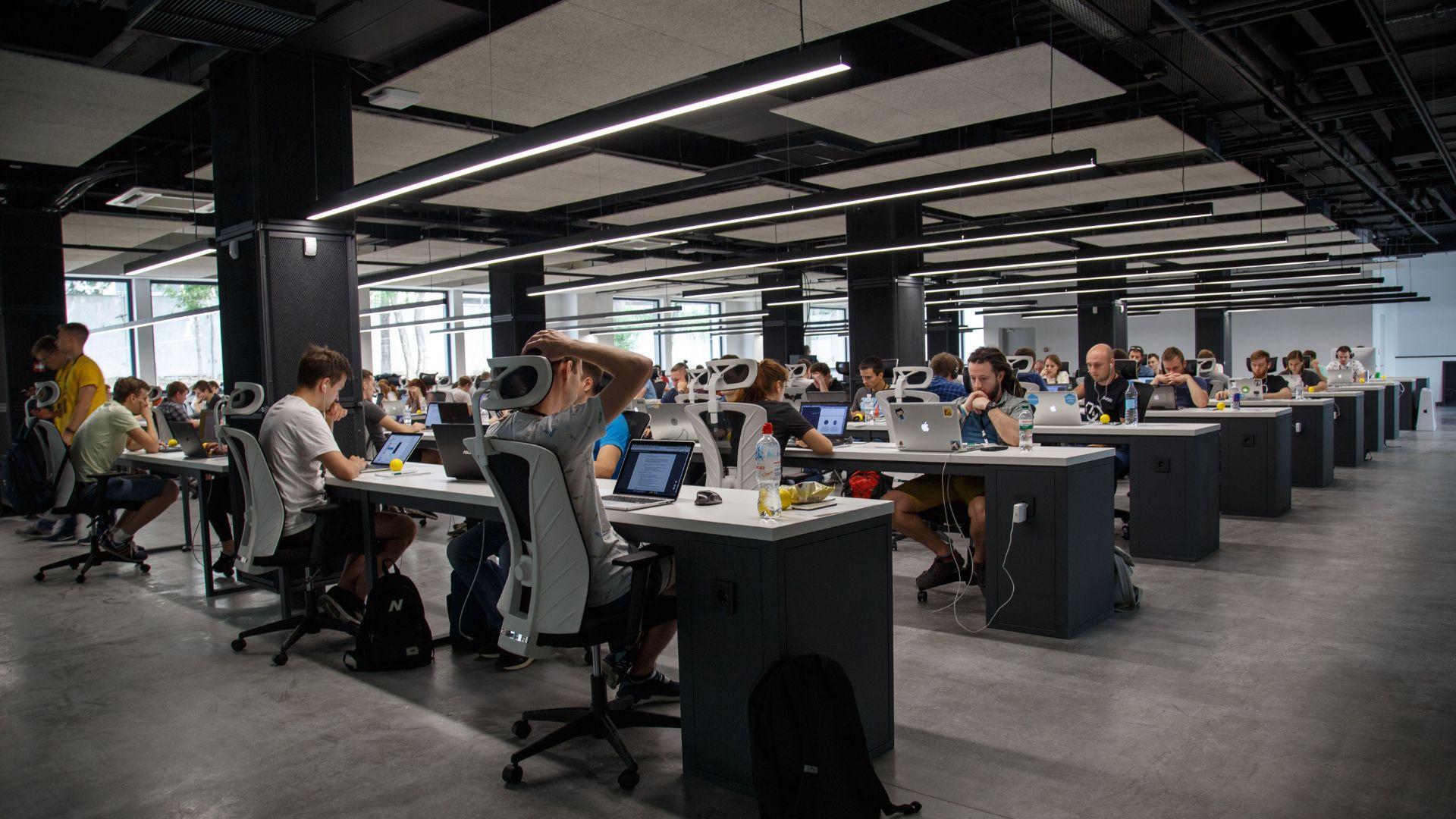US Workers Distraught as Cost of Living Increasing Much Faster Than Salaries
American workers are grappling with an evident increase in the cost of living, which appears to be growing faster than their earnings.
According to a recent Bank of America survey, a significant 67% of employees have expressed concerns that their salary growth isn’t keeping pace with the rising cost of living.
Inflation: The Rising Concern
The issue has become more pronounced, with the percentage of employees reporting this concern rising from 58% in February 2022 to 67% last month.

Source: Getty Images
Lorna Sabbia, a representative of Bank of America, commented on the inflation numbers, highlighting that even though the figures suggest a favorable trend, the real-world implications feel different for many American workers.
Survey Insights on Financial Well-being
The survey, which has been running for 13 years, showed that just 42% of employees feel financially secure, marking the lowest recorded number in its history.

Source: Alex Kotliarskyi/Unsplash
Lingering high inflation is identified as a major factor contributing to this sentiment, affecting a vast number of employees.
Millennials’ Growing Concerns
A distinct age group showing heightened concern is older Millennials between the ages of 35 to 44. Within this demographic, 80% have reported feelings of financial stress.

Source: Brooke Cagle/Unsplash
At a pivotal stage in their lives, this group is noticeably affected by the economic climate, facing challenges that go beyond immediate expenses.
Financial Stress Affecting Genders Differently
Financial strain seems to be impacting women more severely than men. While consumer prices have risen by 3.7% in the past year, the effects are most acutely felt by women.

Source: Amy Hirschi/Unsplash
They find themselves navigating a financial landscape that’s proving more challenging than in previous years.
The Dynamics of Real Wages
Goods and services have seen a notable increase in prices, making everything from essential items to leisure activities more expensive than before the COVID-19 pandemic.

Source: Nik/Unsplash
Consequently, the average family spends around $700 more per month on similar goods and services than they did two years ago, even as wages don’t show a commensurate rise.
Public Perception of Economic Policies
Economic policies under President Biden have faced scrutiny. According to a poll by ABC News/Washington Post, 44% of Americans feel their financial situation has worsened under his administration.

Source: Getty Images
Despite unemployment figures remaining low, a substantial segment of the population believes they are not faring as well economically.
Women and Financial Anxiety
Women in particular are feeling financial pressures. Only 38% of females believe they are financially secure, which represents a significant drop from 55% the previous year.

Source: Isabela Drasovean/Unsplash
Lorna Sabbia highlighted this trend, pointing out that a substantial number of women are more financially stressed than men.
Disparities Across Ethnic Groups
The financial wellness sentiment varies across ethnic lines. A contrast is apparent: 61% of Asian employees express a sense of financial well-being, a sentiment shared by only 44% of White, 40% of Hispanic, and 35% of Black employees.

Source: fauxels/Pexels
This disparity highlights a complex, multifaceted economic reality influenced by a confluence of factors including ethnicity and economic variables.
Corporate Perspective on Employee Financial Health
Sabbia discussed the changing perspective of companies towards the financial well-being of their employees.

Source: Campaign Creators/Unsplash
She mentioned that companies now recognize the financial health of their employees directly impacts factors like productivity, engagement, and overall job satisfaction. The financial struggles of workers are becoming a concern for employers.
Persistent Inflation Effects
Although inflation rates are not as high as they were in June 2022, prices are continuing their upward trend.

Source: Mick Haupt/Unsplash
The implications of this are felt by families and individuals who are witnessing an increase in the cost of basic goods and services, underscoring the ongoing impact of inflation.
Overview of the Economic Landscape
While official inflation figures suggest a decrease, many American workers are feeling the pressure of a cost of living that seems to outpace their earnings.

Source: Ketut Subiyanto/Pexels
The dynamics are complex, involving varied experiences across age groups, genders, and ethnicities, all against a backdrop of an evolving economic landscape.
